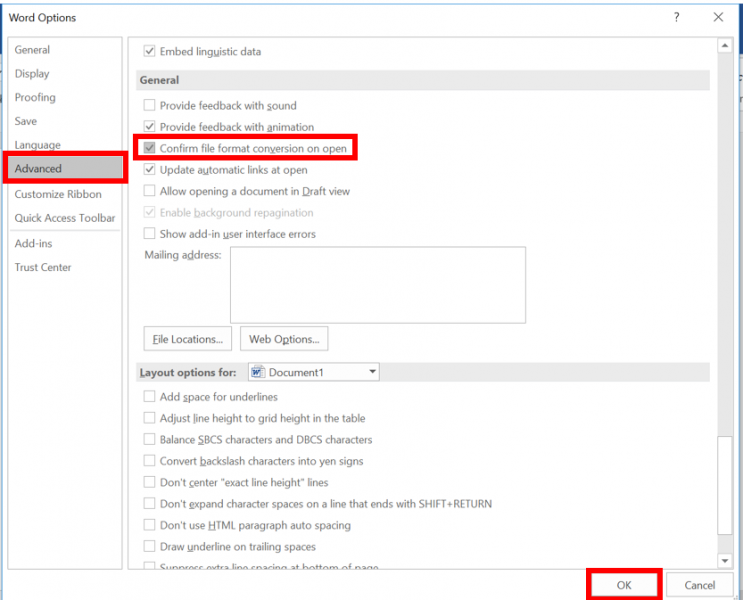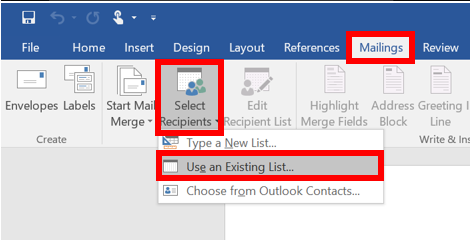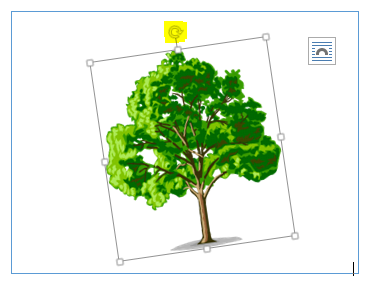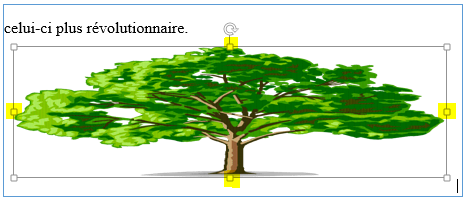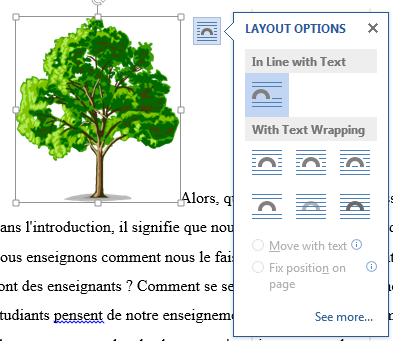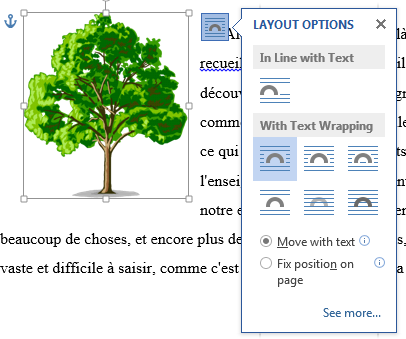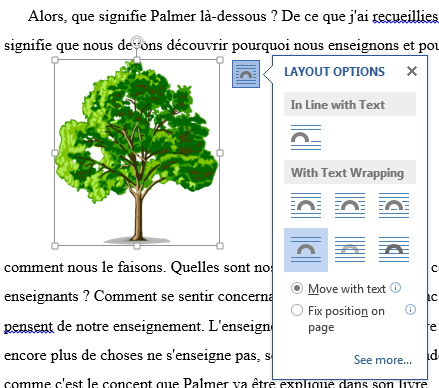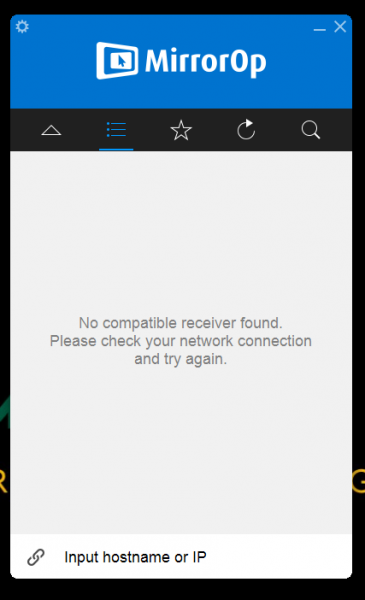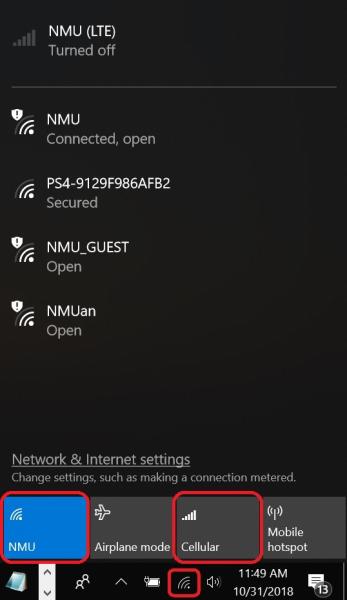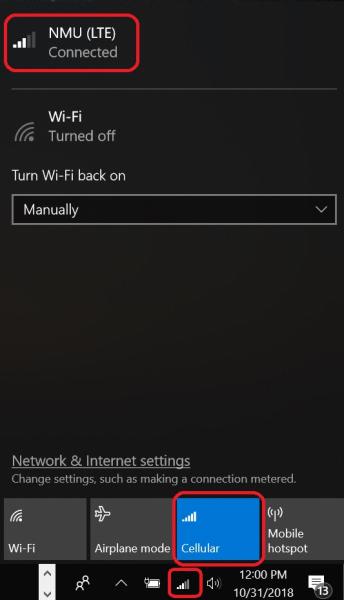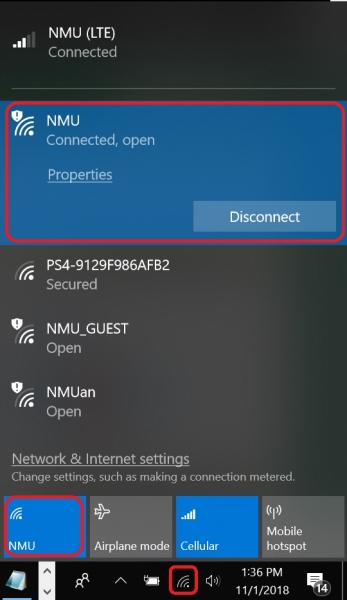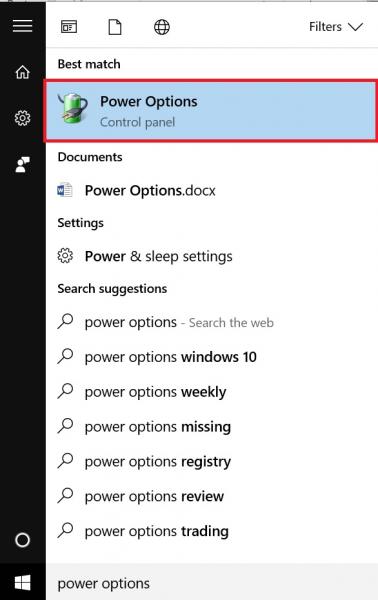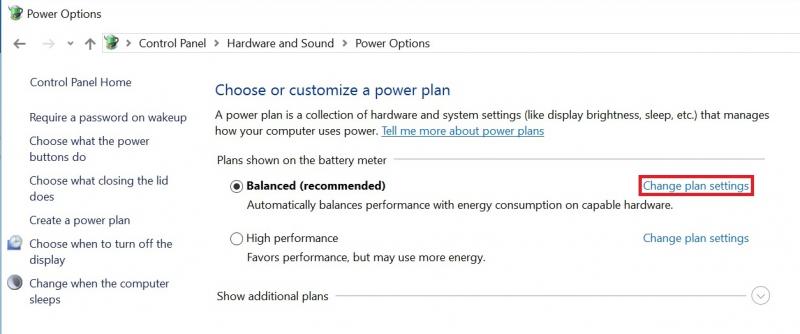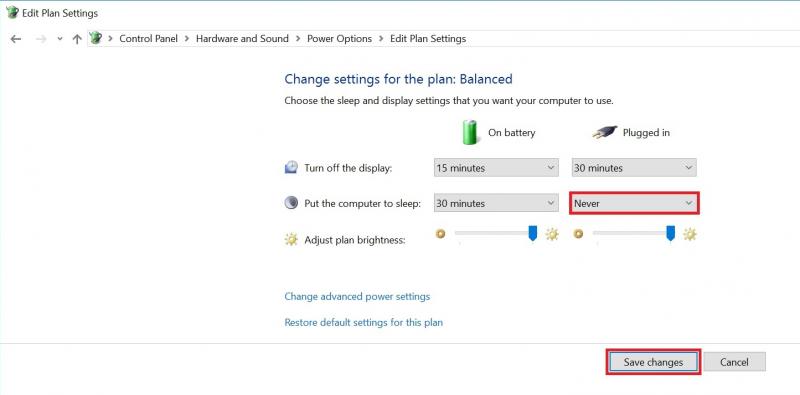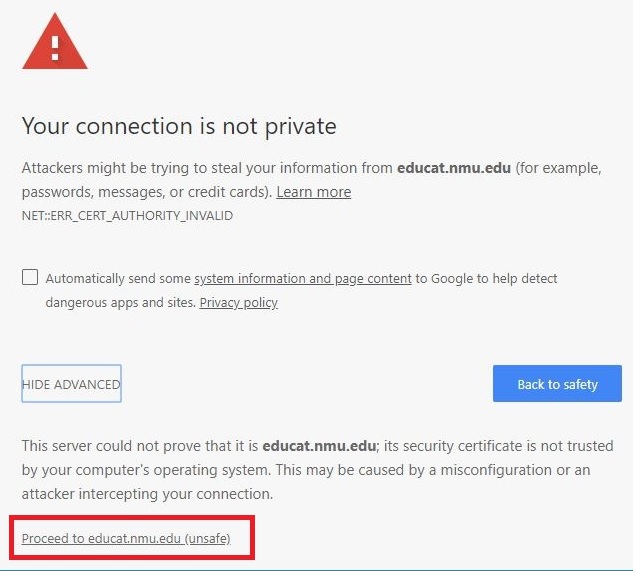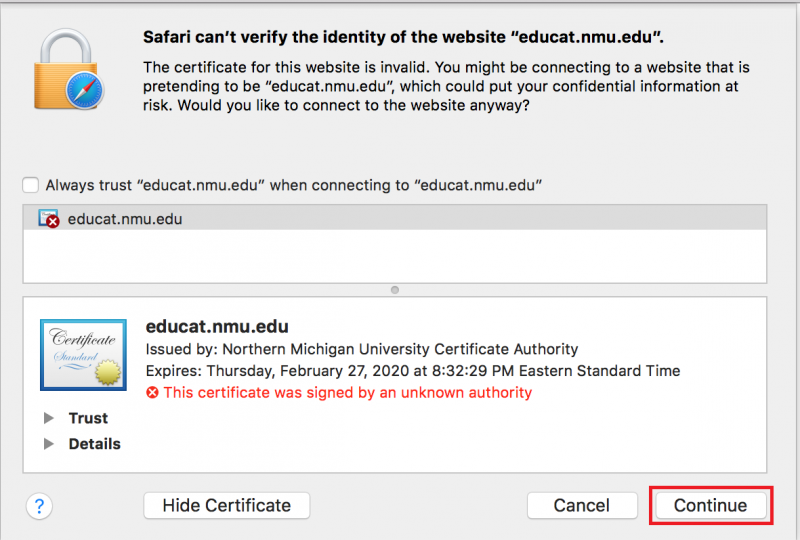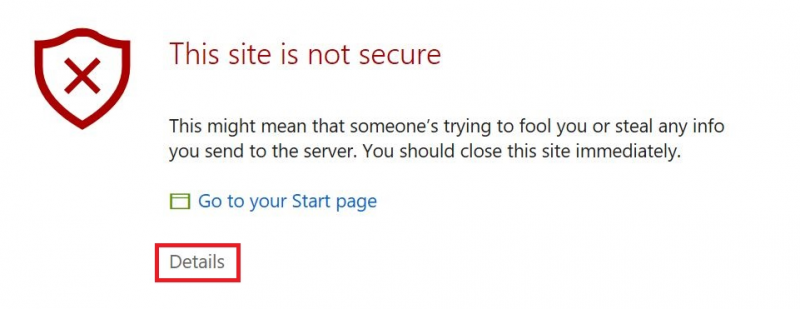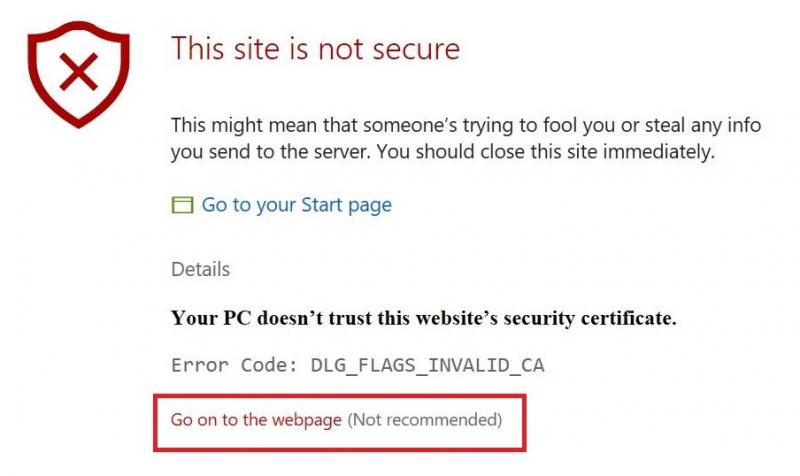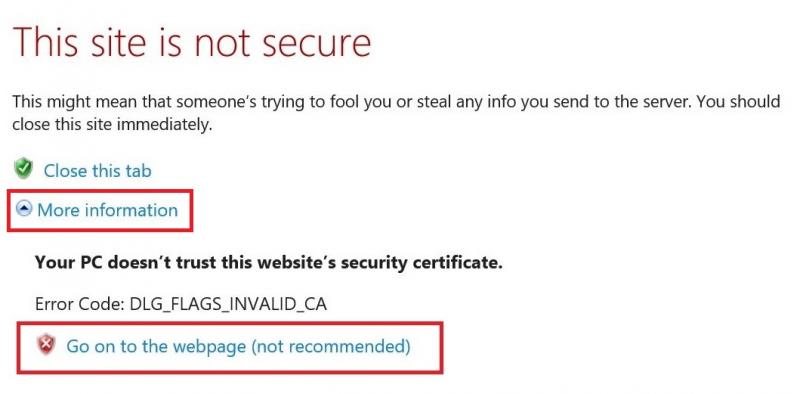Guest Wireless Locations
Documentation
NMU Wireless internet is available on registered computers all over campus for students, staff, retirees, and faculty. Visitors without NMU credentials can connect using the NMU_GUEST access points after agreeing to the acceptable use policy.
NMU_GUEST access is restricted to common protocols used for web and email access. If you are a guest and can't access what you need using the guest access, contact the department you are visiting to see if they can sponsor you as a guest on the NMU network, which should provide you with the access you need. See "Sponsoring a Guest on the NMU Network" for details.
View instructions for connecting to the NMU_GUEST access point.
View access locations during:
- School Year
- Summer (Typically through August 15th)
School Year NMU_GUEST Locations
- Cohodas
- Harden Hall
- University Center
- Hedgcock
- Forest Roberts Theatre
- Jacobetti Center
- Berry Events Center
- Superior Dome
- Presque Isle Commons (Temaki and Tea, Smoothie King)
- NMU Invent Building (on Presque Isle Ave)
- Ripley Steam Plant
- Services Building
- NMU Golf Course Clubhouse
Summer NMU_GUEST Locations
- Art and Design Building
- Berry Events Center
- Cohodas
- Superior Dome
- Gries Hall
- Hedgcock
- Jacobetti
- Jamrich
- Harden Hall
- PEIF Recreation Facility
- Ripley Heating Plant
- Services Building
- Northern Center
- West Science
- New Science
- Whitman
- Quad I Residence Halls (Gant and Spalding)
- Quad II Residence Halls
- West Hall
- Woodland Park

